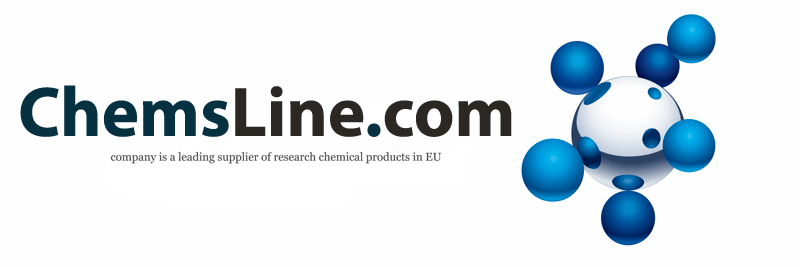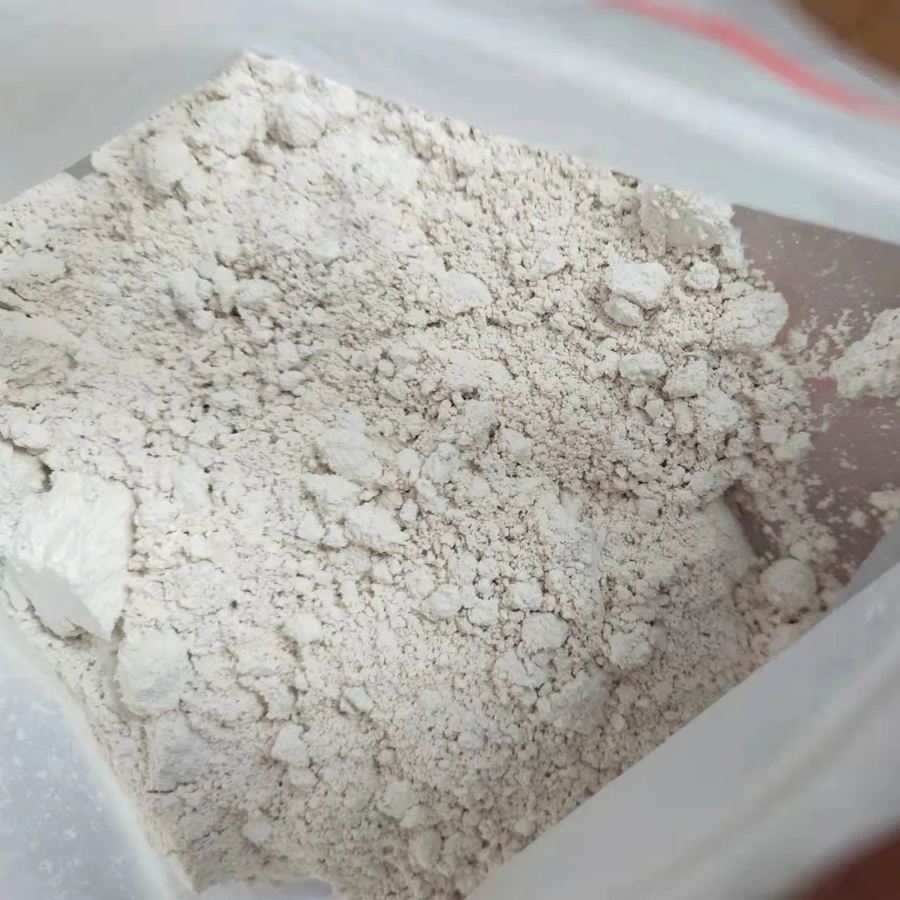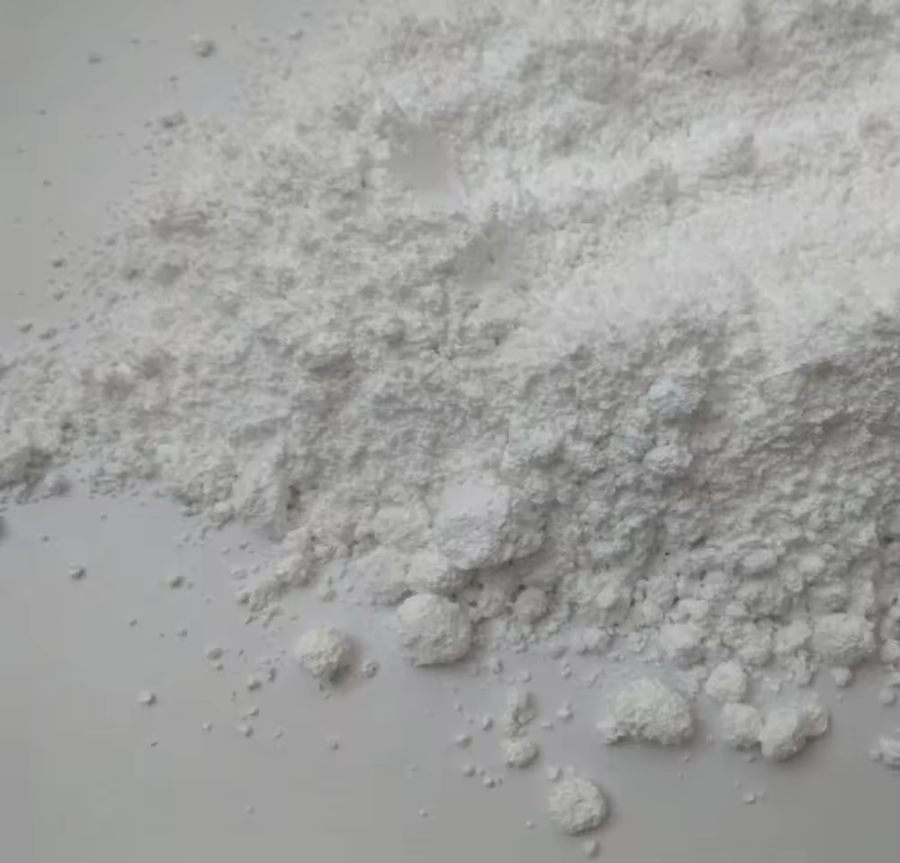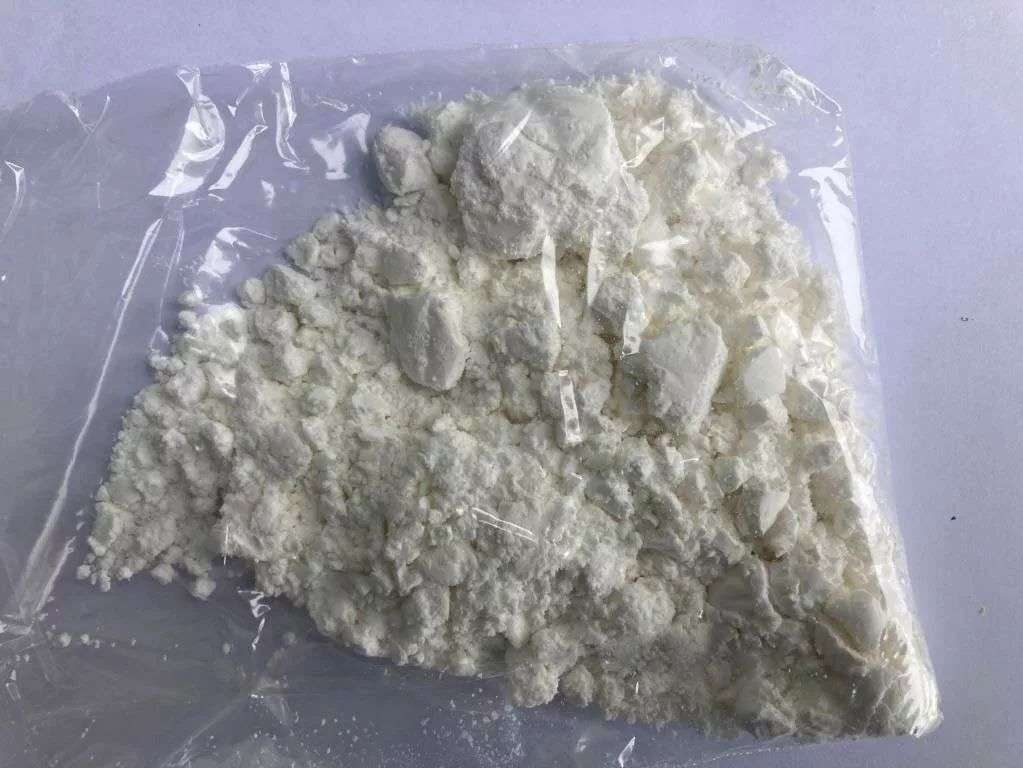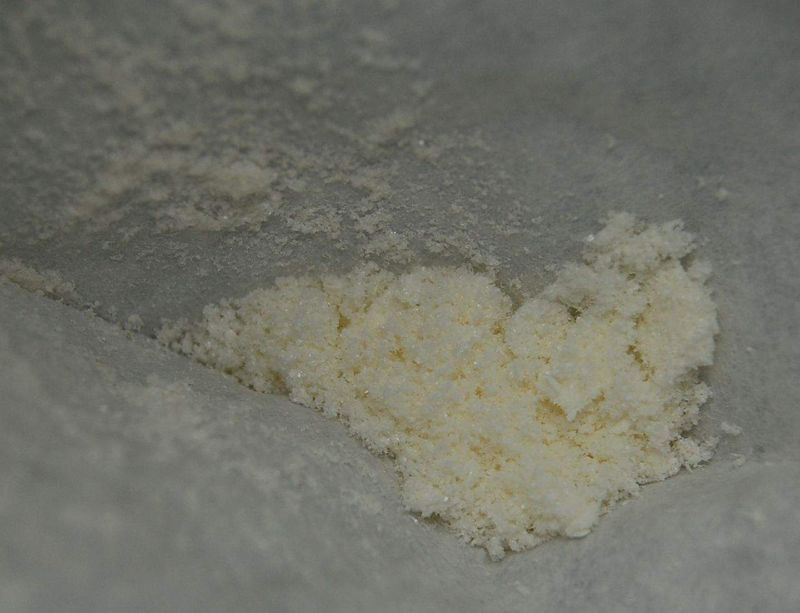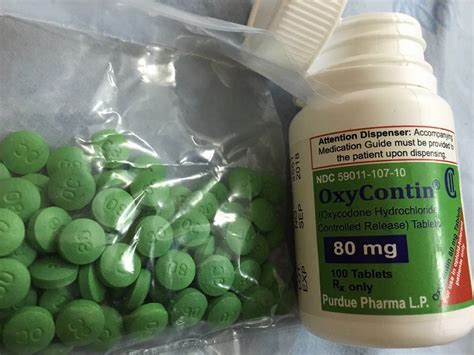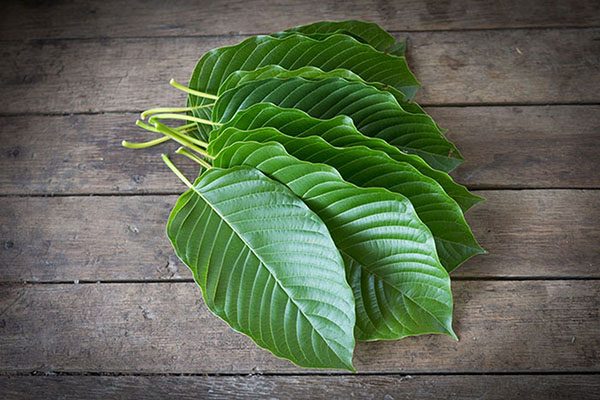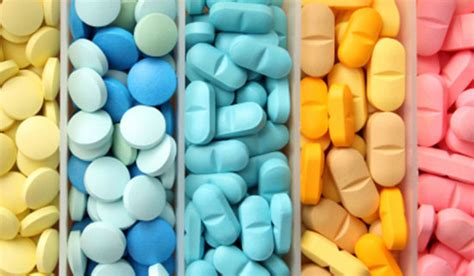
Drugs are chemicals that cause a person to have a certain condition when they are taken. For pharmacological properties, there are the following types of drugs:
Types of drugs Gallucinogens. Reception of these substances contributes to the appearance of hallucinations in the background of euphoria.
Mescaline
Dimethyltryptamine
Cannabinoids.
Opioids. They are narcotic analgesics and cause sedation.
Heroin
Codeine
Methadone
Morphine
Opium
Psychostimulants. They act excitingly on the nervous system.
Amphetamine
Cocaine
Nicotine
Ephedrine
Depressants. Causes reactions, depressing the central nervous system.
Barbiturates
Benzodiazepines
Butyrate
Antidepressants. Block the reuptake of amines (dopamine, norepinephrine).
Coaxil
Inhalate. Used in this form of addiction, as substance abuse.
Nitrous oxide
Aromatic carbohydrates
It should be said that any kind of classification of psychotropic substances is conditional, since the action of some of them may overlap or mix. This is especially true of artificially synthesized means, many of which have not been studied enough.
There is also such a classification, in it the types of drugs are presented in a slightly different way.
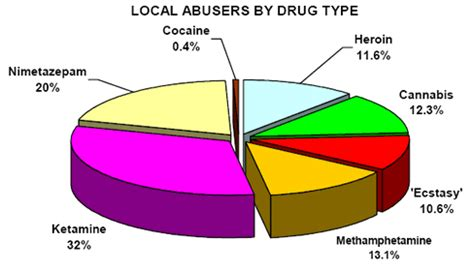
Opiates
This group includes morphine and morphine-like compounds. Natural drugs of this group are obtained from poppy. The body is very destructive and cause quick addiction. This is especially true of synthetic options obtained by laboratory method.
Their effect on the body is that they inhibit the work of the nervous system. Receiving them has a calming and calming effect. The opium addict is characterized by severe inhibition, constant drowsiness, stretched speech, the pupil is usually narrowed, and there is no response to changes in light. On the part of the cardiovascular system, bradycardia is noted, the pressure is lowered. Pale skin.
Heroin (“horse”, “relish”, “gerych”). The most common type of opium drug. Extremely strong, addictive at the second or third dose. Very toxic. It is smoked, administered intranasally or intravenously.
Poppy straw. Also called “hay”, “straw.” Used for the manufacture of acetylated opium. Consists of boxes and stalks of poppies.
Methadone. A strong narcotic drug. Sold as a white powder. In some countries it is allowed to use it as a means of substitution therapy for opium addiction.
Hemp-based drugs
Belong to psychedelics. Change the mind of a person. The active substances are cannabinoids. When you use the usual dose comes excitement, activity, there is hunger and thirst. Such an addict has dilated pupils and red eyes. Pulse frequent, high pressure. Overdose causes uncontrollable fun or pronounced inhibition. Unmotivated aggression and unpredictable behavior are possible.
Cannabis plants of the southernmost growing areas have the strongest effect.
Marijuana (“grass”, “anasha”, “Schmal”). The grassy part of the cannabis plant. May be in dried or fresh condition. Used for smoking. Occasionally it is added to food.
Hashish. Another name is “plan” or “dope.” It is a mixture of resin, plant tops and pollen. Sold in compressed form. It has a high content of cannabinoids. The action takes 10 minutes and lasts up to several hours.
Amphetamines
They act on the body as psychostimulants. Most often administered by intravenous injection. Created from the drug ephedrine hydrochloride. The duration of action can vary greatly from 2 to 12 hours.
The effect on the body is manifested in the idea of high excitability, increased pressure, increased pulse. Sleep is disturbed, talkativeness and excessive unproductive fussiness are expressed. To this kind of substances, a fairly rapid dependence is noted, both physical and mental. This kind of addiction is like a binge. Periods of use can be replaced by the rejection of the drug. But over time, these “white spaces” is becoming smaller.
Cocaine
In a conversation about what are the types of drugs can not mention cocaine. This substance is a psychostimulant derived from the coca plant.
Signs of the use of this kind of substances are the same as with other stimulants of nervous activity. When used, motor activity occurs, breathing becomes faster, pulse and blood pressure rises. The appetite decreases and the need for night rest decreases.
Cocaine (“coke”, “breath”, “snow”). Its powder is inhaled, sometimes added to food, or injected into a vein.
Krek (“stone”). It is obtained from cocaine by evaporation. Used for smoking.
Hallucinogens
So called a group of chemicals, quite diverse in composition. Possess psychedelic activity. May change consciousness.
Signs of consumption are in a pronounced euphoria, pronounced hunger and thirst. This addict greatly dilated pupils. Therefore, a characteristic feature for him is photophobia. The most basic sign of the consumption of such substances is a variety of hallucinatory effects.
Synthetic drugs
Most of the drugs are synthesized in conventional or artisanal laboratories. They currently pose the greatest threat to public health, since their action is much stronger than that of natural psychotropic substances, and the toxic effect and addiction is much more pronounced. The following types of synthetic drugs are distinguished:
opiates,
amphetamines
psychedelics (LSD),
empathogens (ecstasy),
tranquilizers,
hypnotics,
inhalants.
Soft drugs
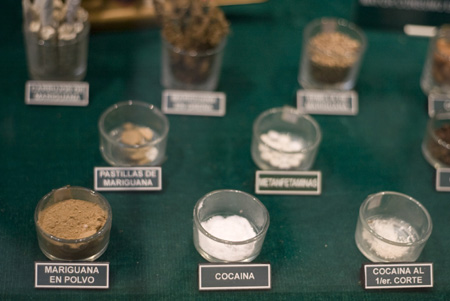
The classification in which there is a division into soft and hard drugs is rather conditional. Many believe that there is no problem in trying a light version of substances of narcotic action. There are types of light drugs like marijuana, LSD, Ecstasy, etc.
Many drug addicts, who at the moment cannot get rid of heroin or amphetamine addiction, also started with marijuana, sedatives and tranquilizers.

